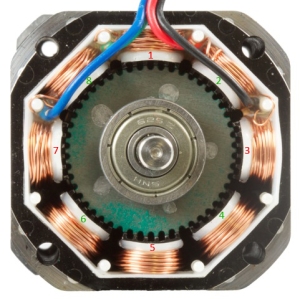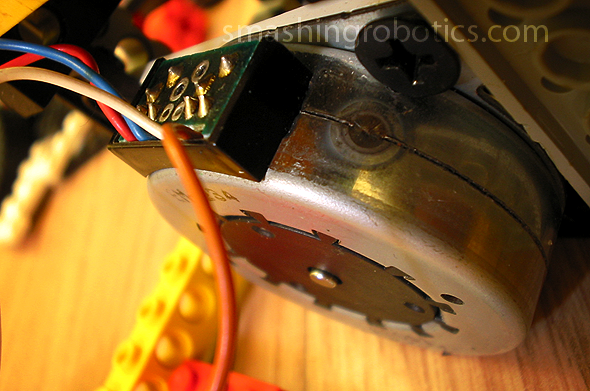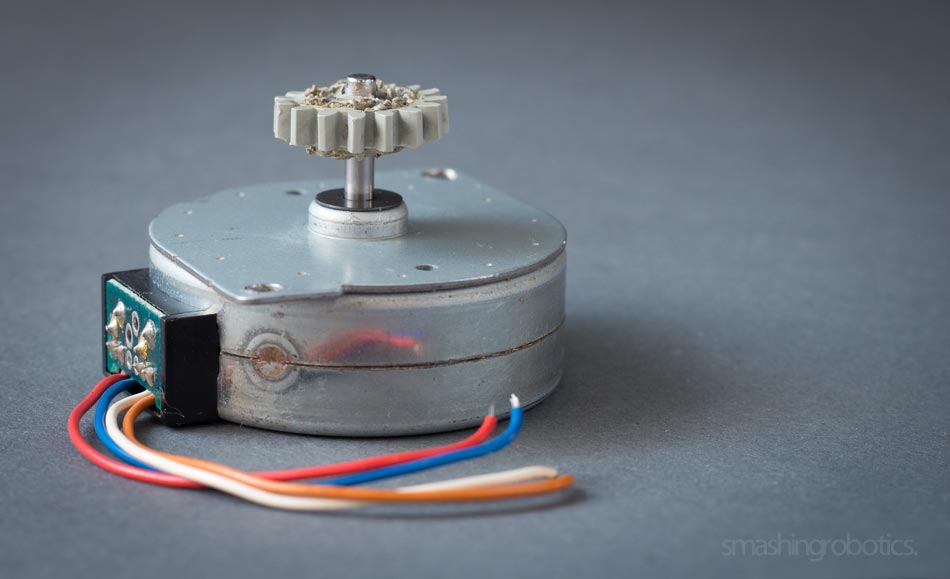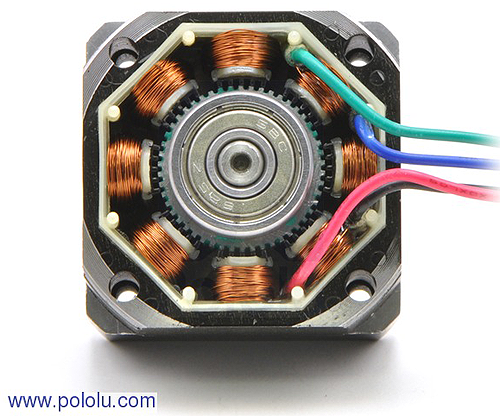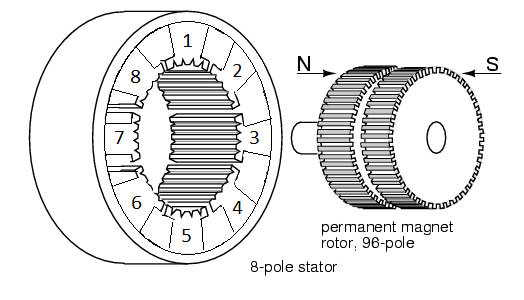If one is trying to select the driver for the stepper motor that one is using then it is wise that they know certain facts regarding it. As one reads through they will understand certain facts which need to be known regarding these drivers.
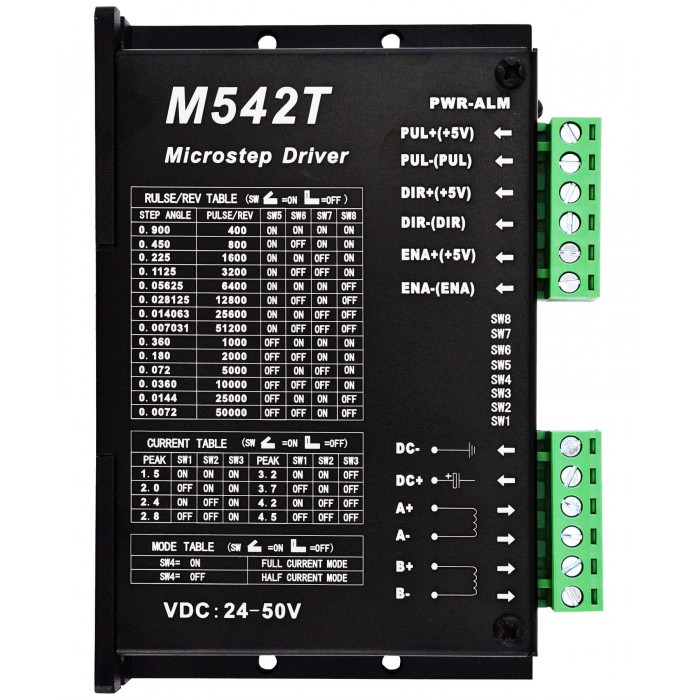
What is a Stepper Motor Driver?
Before one settle to have one driver it is wise to know what actually such drivers are.
1. A step motor driver is an electronic device which is used for running the stepper motor.
2. It does not actually do anything on its own, but it needs to be used with a controller.
3. There are various natures of such drivers that need to be selected according to the motor that one has.
4. The basic function of them is to drive the motor that is in use.
The Necessity of Such Driver
It is good to know why actually require such driver stepper motor.
1. The voltage and the current required by such motor cannot be produced by the controller.
2. For this very reason, a driver is required.
3. This electronic device will transform the movement instruction from a controller into a sequence.
4. This will be fed into the winding that is there in unipolarstep motor so that it is turned on or off and at the same time make available the required power for its movement.
5. Such an effect can be had by using microcontroller, but that is time consuming due to the design and programming required.
6. Instead, if such drivers are used, it can be done instantaneously.
The Various Types of Drivers Available
There are certain types of drivers available. It is better to know about those so that the best can be selected for use. There are basically two types of drivers. Namely, they are constant voltage drivers and constant current drivers.
Constant Voltage drivers
1. This variety of drivers are less costly than the constant current drivers
2. Such drivers use voltage to create torque
3. It can be said that usually, such drivers are not so efficient
4. The performance of these drivers is worse than the constant current drivers.
Constant Current drivers
1. This nature of the driver is costlier than the constant voltage driver.
2. The circuits used in these drivers are more complex than that used in the other variety.
3. There is a use of a constant flow of current for producing the torque required.
4. The performance of these drivers is better than the constant voltage driver.
It is generally seen that the constant current drivers are commonly used as the performance that can be achieved is better. Another reason for its popularity is the availability of many ICs.
Features of Certain Drivers
It is good to know about the features of certain types of drivers.
Digital Stepper Driver
These drivers are implemented using the most modern technology available. It can be said that such drivers are easy to use and they can be effectively used for driving 2-phase or 4-phase motors. Its working does not produce heat and noise. It is also seen that it can work with a current of 18-30v DC and the maximum current that can be produced is 2.2 A. The DIP switch need to be set so that the required current and micro-steps required can be achieved.
1. One can expect to have anti-resonance for having optimal torque.
2. The motion is smooth with no production of heat and noise.
3. One can expect to have step and direction control when using these drivers.
4. It offers multi-stepping for producing smooth movement of the motor.
5. One can expect to have 8 micro-steps which can be selected as required.
6. When such a driver is used then one can expect to have protection from over-current and voltage.
Analog Stepper Driver
Such driver is built using THB7128 IC by reputed manufacturers. One when using such a driver can expect to have micro-step resolution as much as 25600 steps per rev.
If one looks at the key features of this nature of drivers then it can be noticed that they are as follows.
1. The driving voltage is 10-32VDC
2. There are 8 current options with Maximum of 3A.
3. Micro-step resolution that can be achieved is from 1 to 128 with 8 options.
4. One can expect to have H-bridge Bipolar steady current drive.
5. The signal input and output are optically isolated.
6. The single pulse interface uses standard common anode.
7. When one uses such a driver in the motor then it can be ensured that off-line protection is achieved.
8. The housing is semi-closed housing so it can efficiently adapt to the rough working condition.
9. Automatic semi-flow lock function is also another feature of this driver.
So, one need to select the driver, according to requirement and it must be had from reputed manufacturers.



